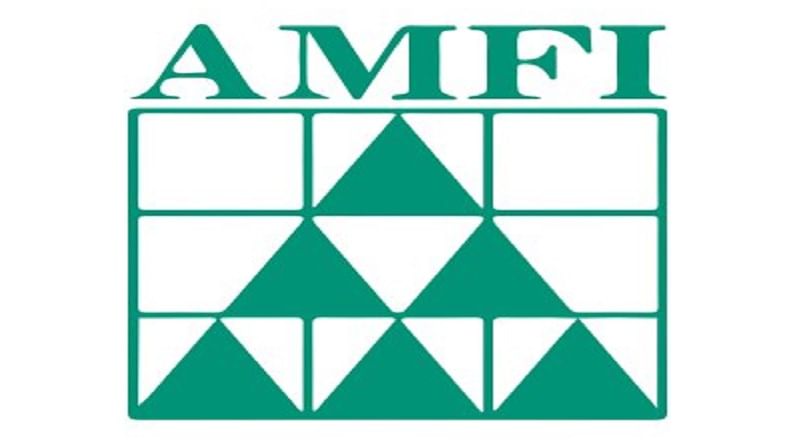Here's what AMFI expects from Budget 2021
Mutual Funds need parity with ULIPs.

The Association of Mutual Funds in India (AMFI) in its Budget Proposals for FY2021-22 has made various submissions under three key areas.
They are as follows:
— Need to bring parity in tax treatment for investments in different financial sectors,
— Suggestions to mitigate hardship to retail taxpayers, and
— Encouraging deepening of capital market through mutual funds. All these proposals are for the benefit of retail and small investors.
Mutual Funds need parity with ULIPs
This has been the constant refrain of AMFI Indian mutual funds seem to be at a disadvantage to unit-linked insurance plans (ULIPs). Inter-scheme transfers within the AMC are treated as independent transactions and taxed as capital gains accordingly. On the other hand, investors in ULIPs are allowed to switch from one scheme to another without attracting any capital gains tax in the process. AMFI has demanded parity for MFs on par with ULIPs. If this proposal is granted a mutual fund investor will see better NAVs in the case of merging of two mutual fund schemes since there would no tax outgo for the fund house.
The second area is on LTCG. Equity funds are subject to long term capital gains tax at 10% for gains above Rs.1 lakh in a year. This is without the benefit of indexation. Capital gains on ULIPs are tax-free and AMFI has also asked for parity on this front. This will reduce the tax outgo for retail investors
The third area where there is disparity is in the imposition of securities transaction tax (STT). When an equity fund is redeemed, it is treated as a market sale and subjected to STT. This reduces the net returns and puts ELSS funds at a disadvantage versus ULIPs. AMFI has demanded scrapping STT on equity funds.
Put debt funds at par with listed bonds and tax breaks on debt funds
Debt funds need to be at par with listed bonds. Debt funds are classified as long-term assets only if held for more than 3 years. On the other hand, listed debt and zero-coupon bonds are treated as long term if held for more than 1 year. This was leading to tax arbitrage as an investor holding debt funds for two years will have to pay peak rate of tax while a similar listed zero-coupon bond will only attract 10% tax. This proposal will help the MF industry innovate a competitive debt fund which in-turn will help investors to invest in a more lucrative and flexible product.
Another proposal that AMFI has put forward for CBDT is to permit the launch of tax saving funds in debt instruments via debt linked savings schemes (DLSS). This would have the same tax benefits as ELSS funds. AMFI has also asked for a dedicated limit for DLSS to broaden and deepen the bond markets.
Rationalising TDS on mutual fund dividends
In the last budget, the government had made dividends on mutual funds taxable like other income at the peak rates applicable. It also meant that such dividends started attracting TDS. However, the withholding limit has been defined at Rs 5,000 per year. If the dividends are above Rs 5,000 per year then TDS will be applicable.
AMFI is of the view that this limit may be too low considering that bank interest has a TDS-free limit of Rs 40,000 for individuals and Rs 50,000 for senior citizens. AMFI wants the minimum dividend for TDS purposes to be hiked at par with bank interest to Rs 40,000 per annum so that unnecessary paperwork and refunds can be entirely avoided. This proposal will enable investors to earn higher dividends on their MF investments.
AMFI has also asked for allowing insurance companies to outsource their fund management activities to mutual funds and also permit CPSEs to invest in mutual funds. It is not clear how many of these changes will be accepted by the finance minister, but in a Budget that promises to be unprecedented, this is AMFI’s best chance to push through its MF agenda for small investors.